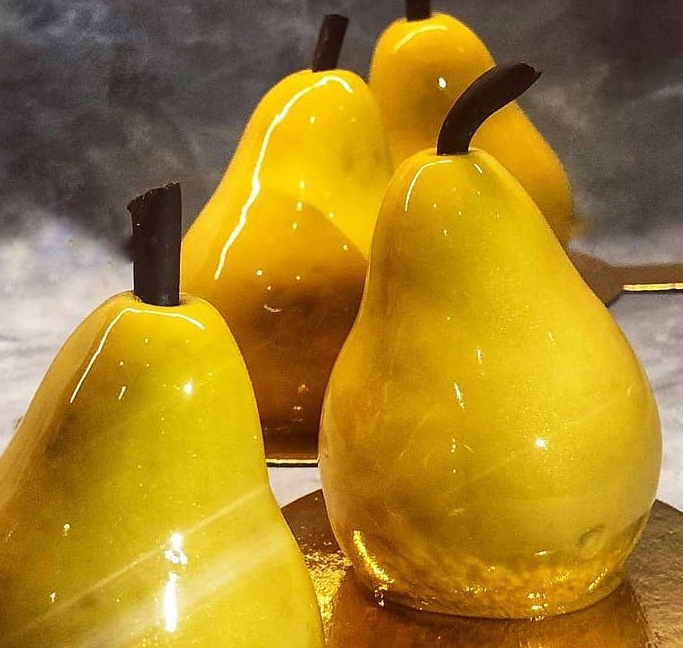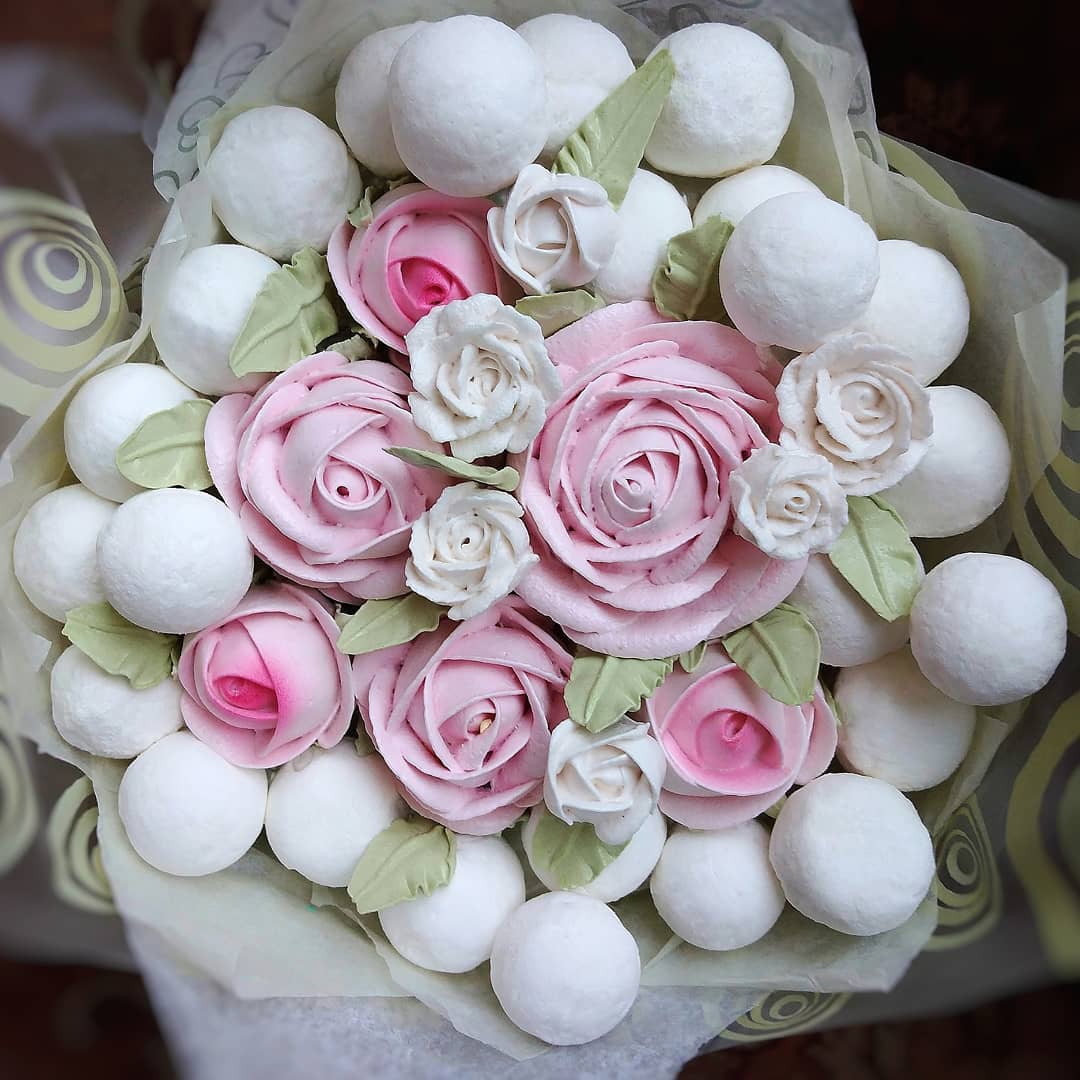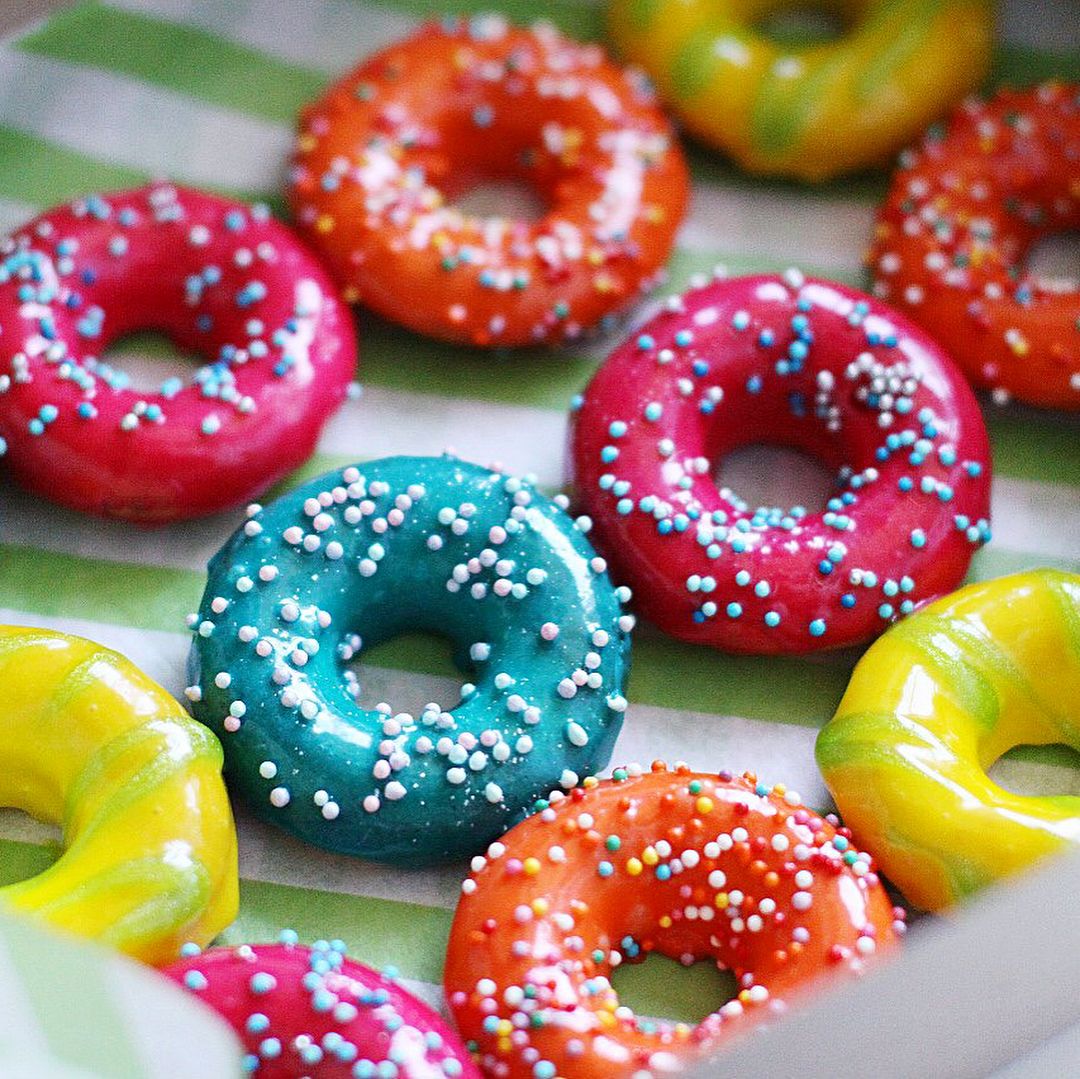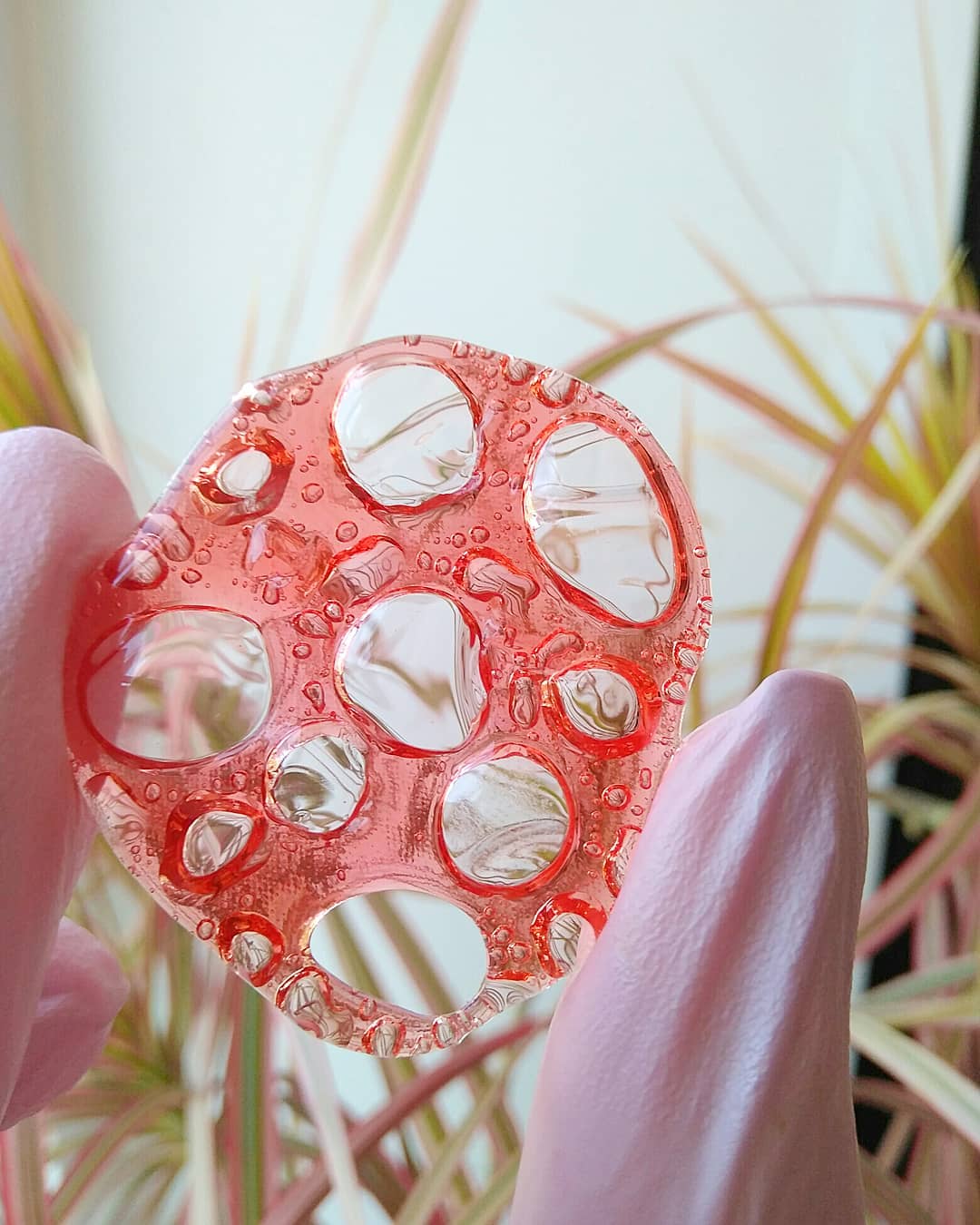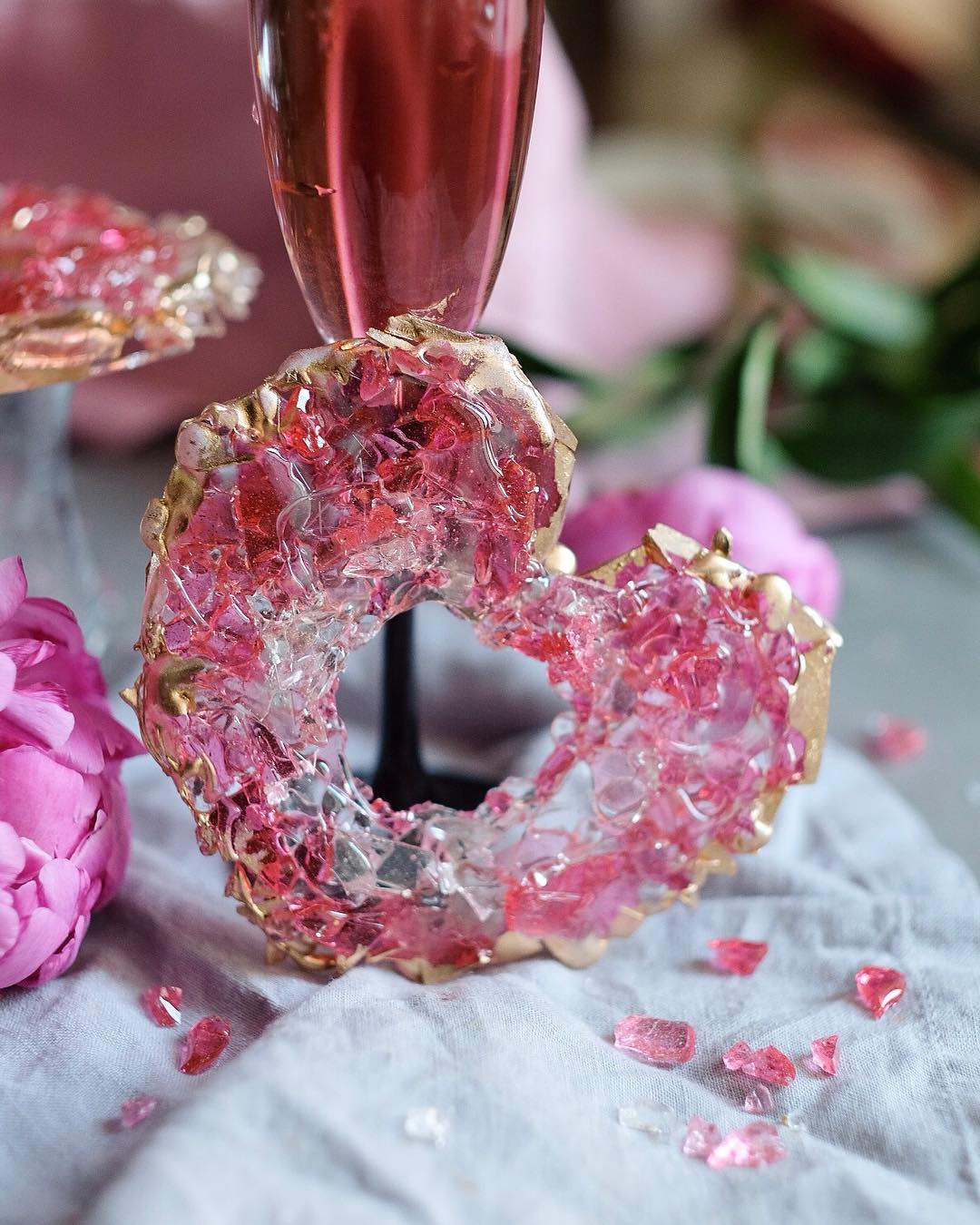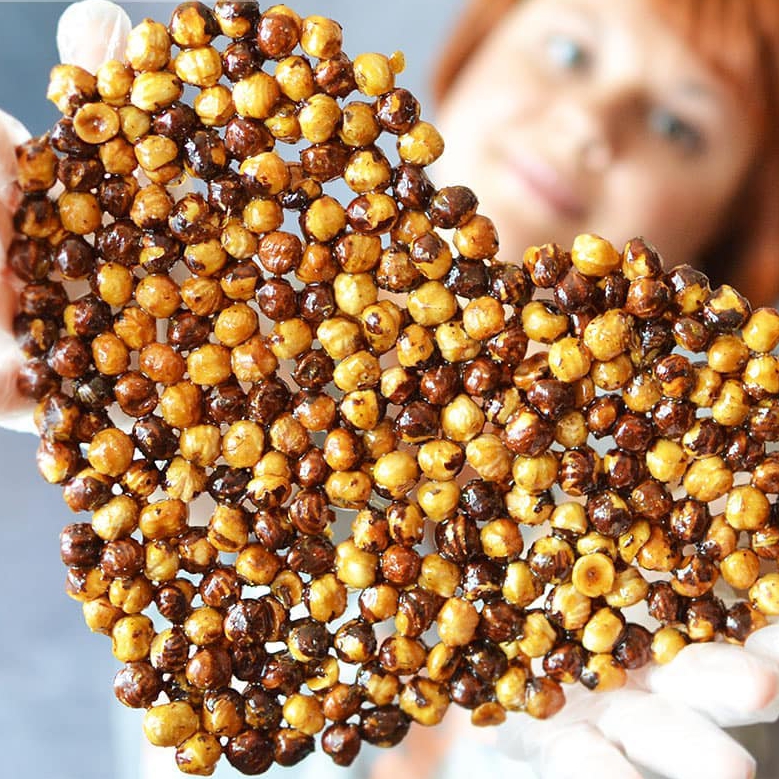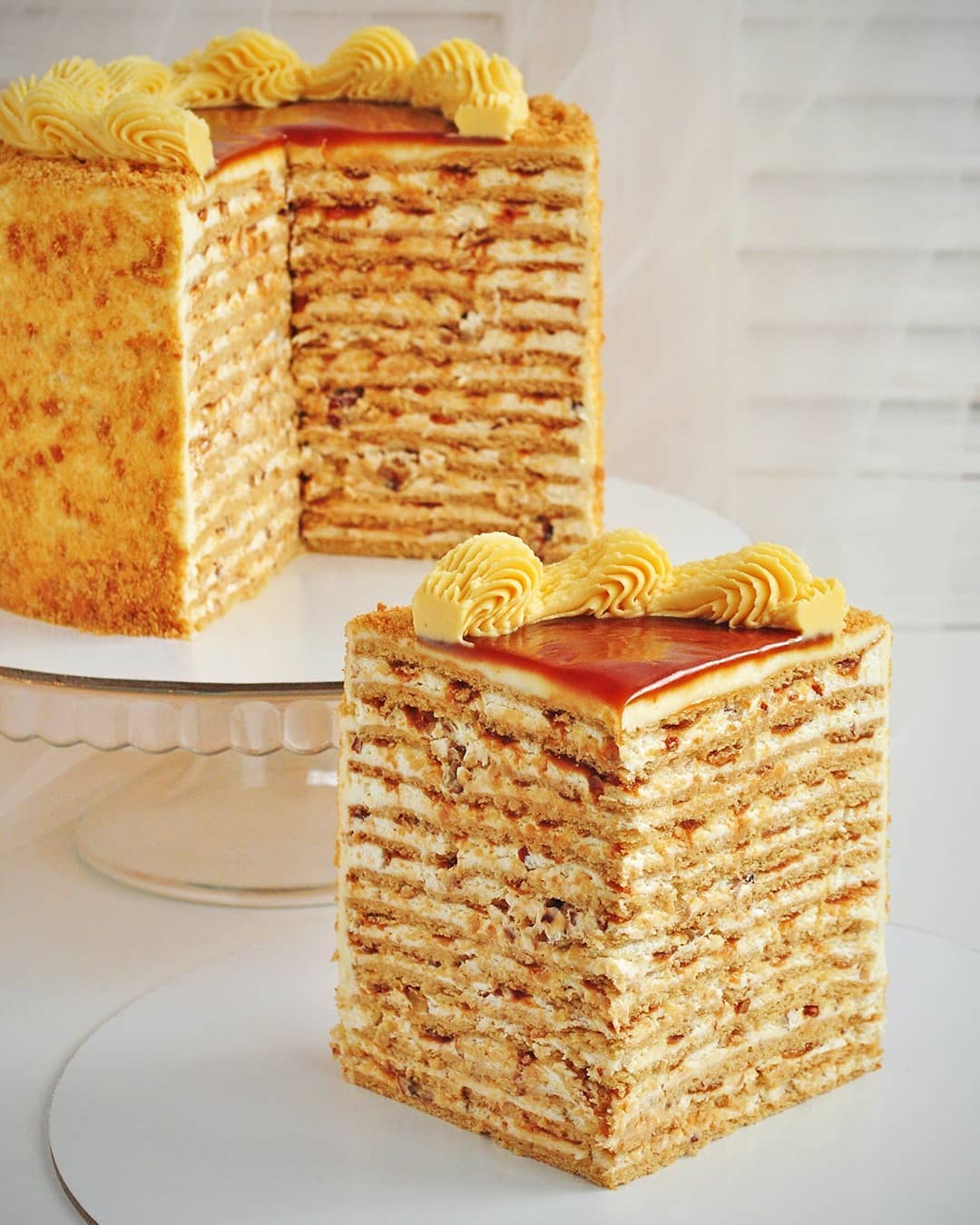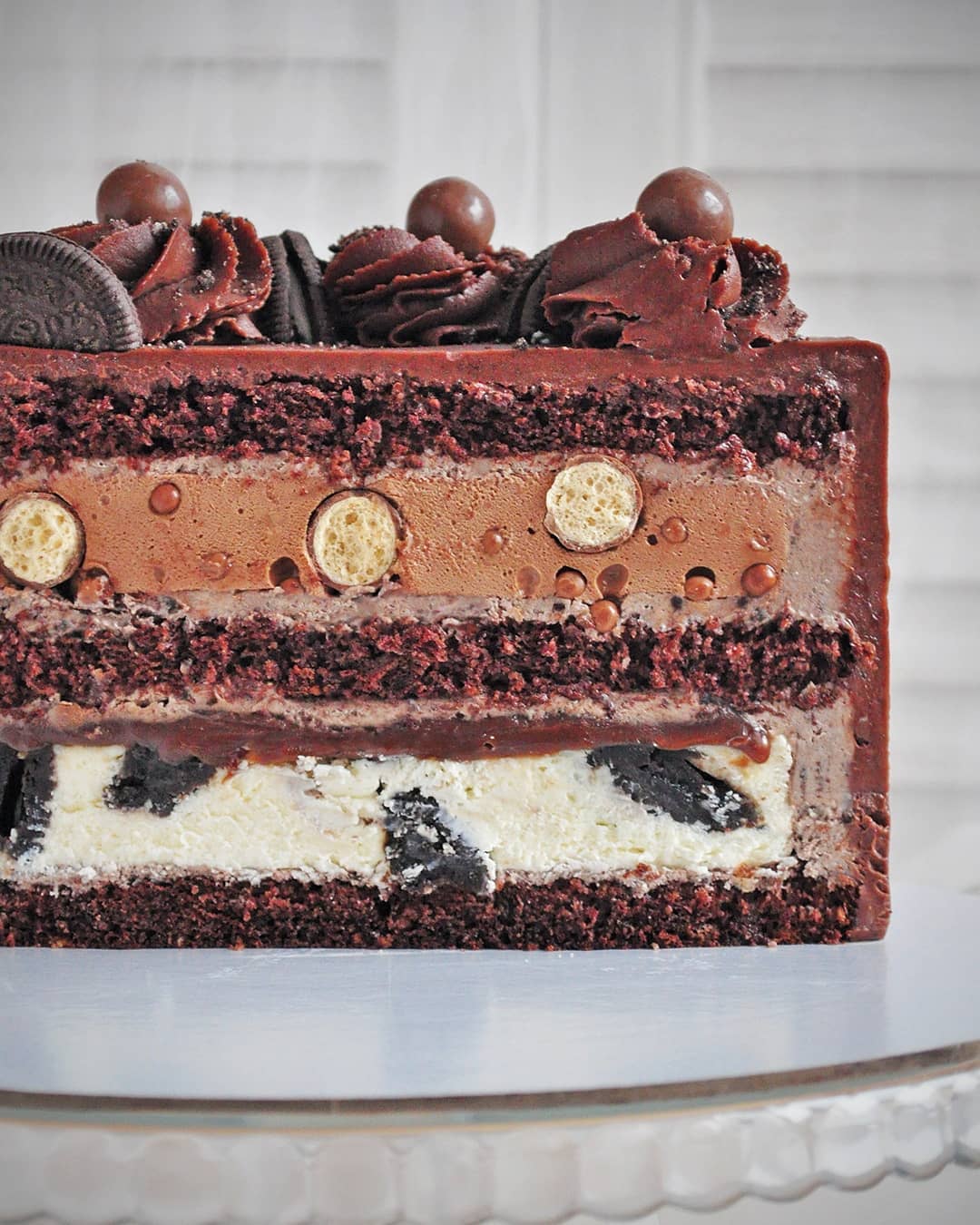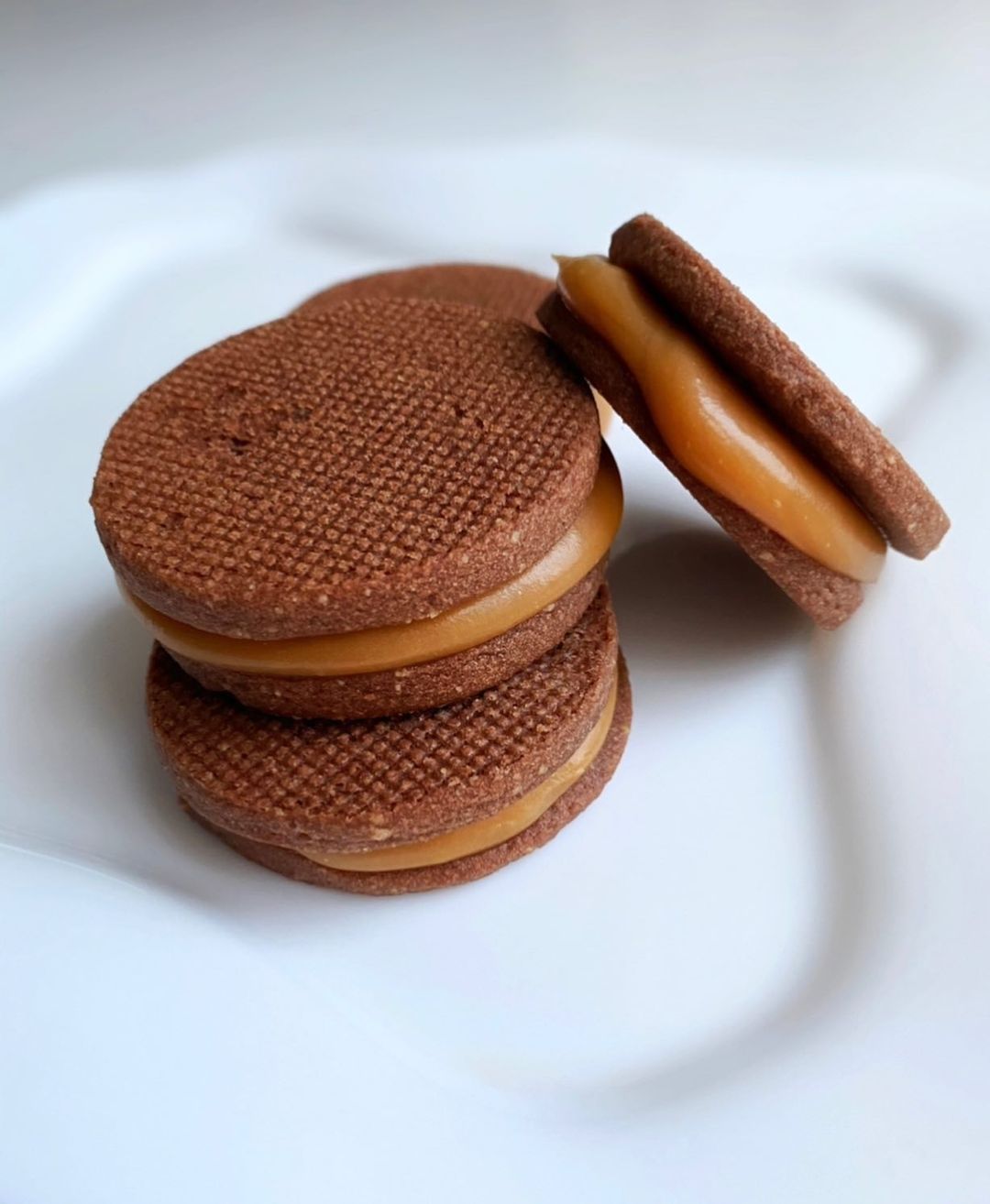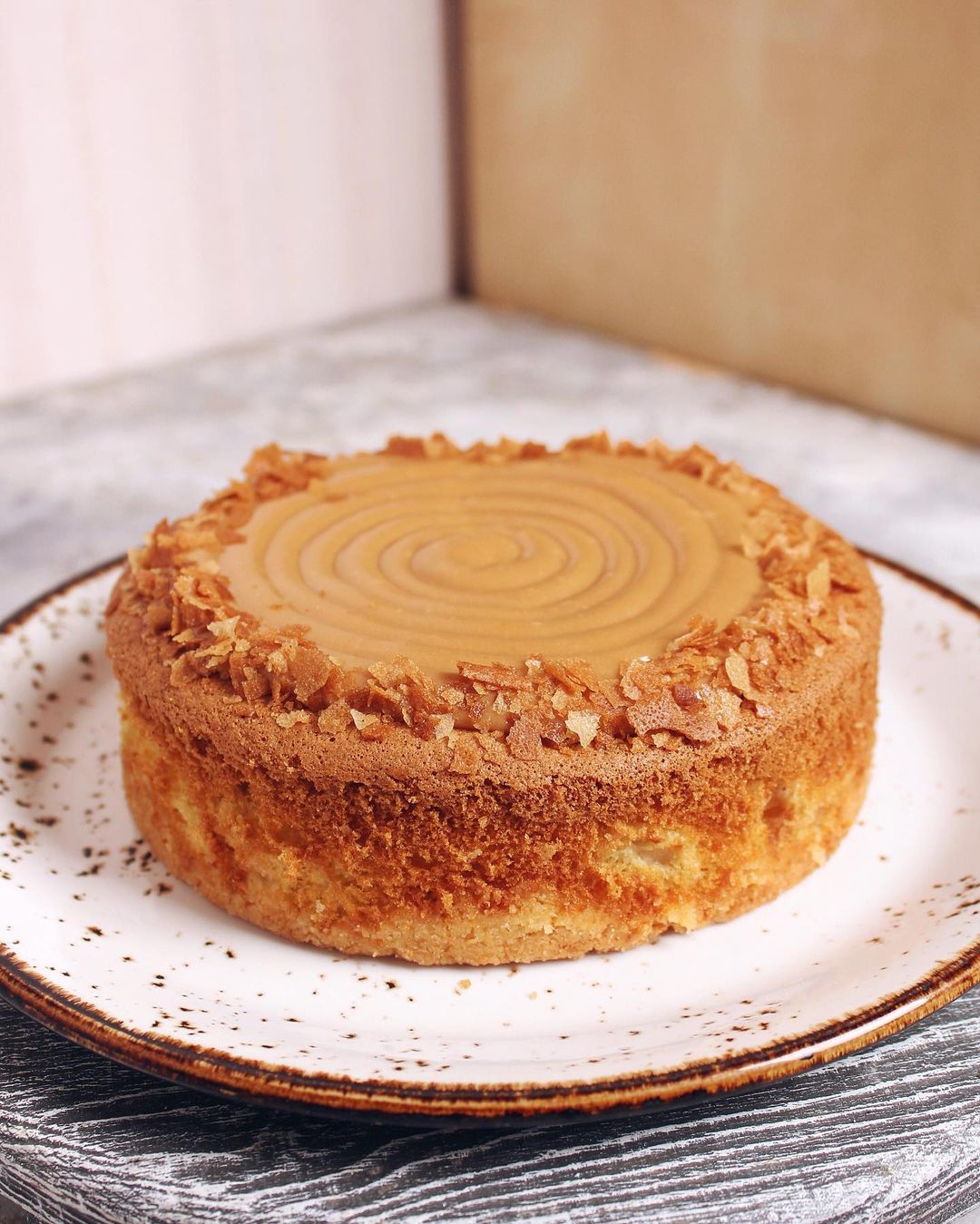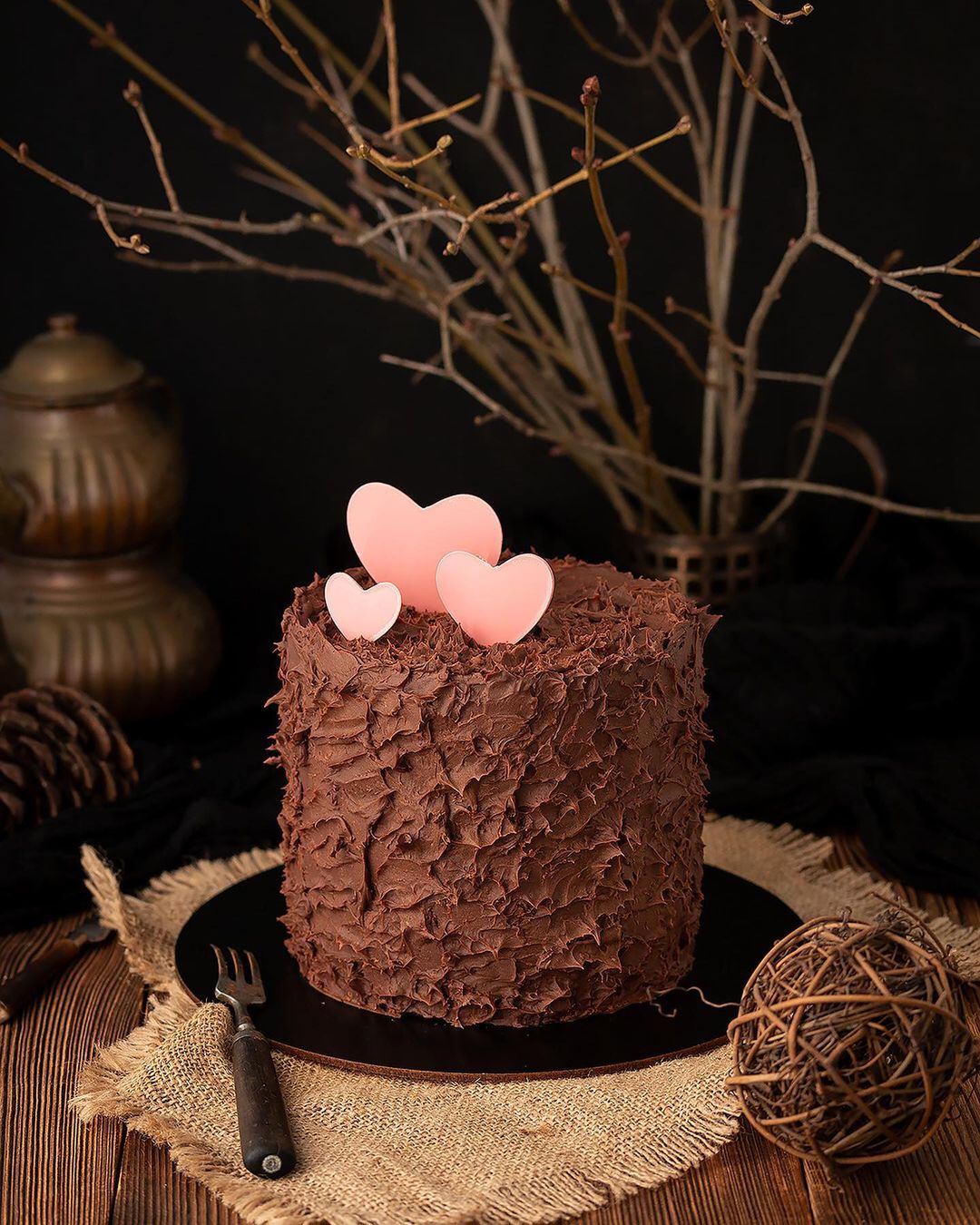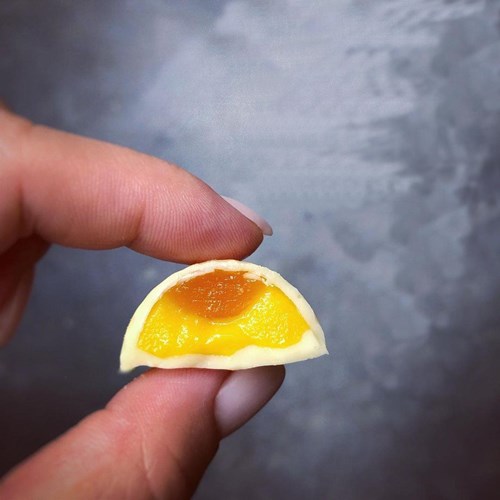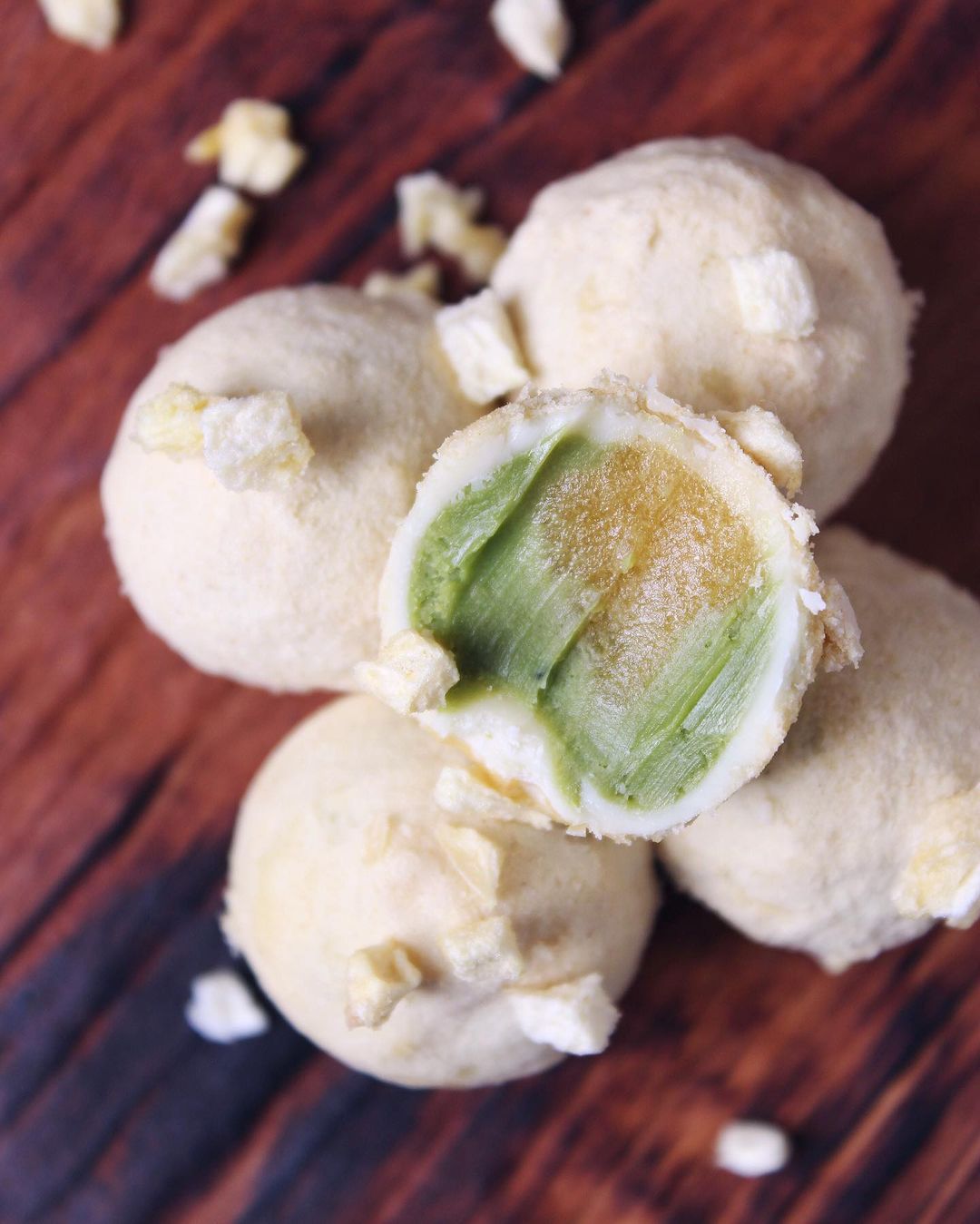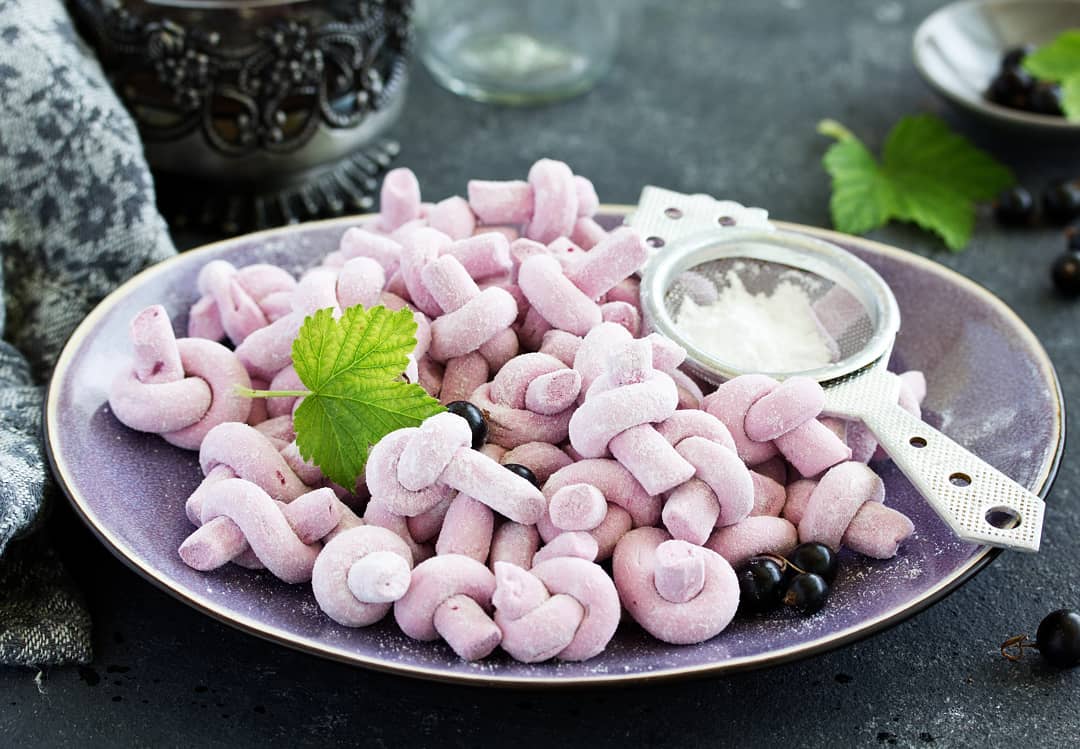Ingredients
Glaze
Instructions
Step 1
Step 2
Step 3
Step 4
Step 5
Step 6
Step 7
Step 8
Step 9
Step 10
Step 11
Step 12
Servings
🎉 Ready to serve up some excitement with your caramel glaze? Here are some delightful ideas to get you started:
Pair it with: Warm, soft-flavored desserts like spice cakes, honey-infused treats, and nutty delights! The smooth caramel glaze will harmonize beautifully with these flavors, creating an unforgettable taste experience.
Drizzle it over: Freshly baked apple or pear tarts for a warm, autumnal flavor. The glaze not only adds a sweet touch but also a stunning shine that will make your tart the star of the table. 🍏🍐
Dip it: Use it as a dipping sauce for fresh fruit or even as a fun addition to your charcuterie board. The caramel provides an unexpected twist that will leave your guests coming back for more. 🍓🍇
Go extra: Add edible gold pearls to your glaze for that extra sparkle. 💫 While totally optional, this addition brings a glamorous visual effect that makes your desserts look professionally crafted.
Equipment
A heavy bottom saucepan is essential for evenly distributing heat and preventing the caramel from burning.
You'll need a second saucepan to bring the cream to a boil.
A blender will help you achieve a smooth, shiny glaze by thoroughly mixing the ingredients.
Cover the bowl with plastic wrap to allow the glaze to stabilize properly.
Monitoring the temperature is crucial for the perfect caramel consistency, especially when cooling and working with it.
Variations
✨ **Gluten-Free & Vegan Versions? No Problem!** 🌱
Gluten-Free: Great news! This caramel glaze is naturally gluten-free, so no substitutions are necessary. Just ensure all your ingredients, especially the chocolate and gelatin, are certified gluten-free.
Vegan: For a vegan variation, replace gelatin with agar-agar or a vegan gelatin substitute. Swap the cream with full-fat coconut cream for a rich, creamy texture. And use dairy-free white chocolate - you'll still get that silky, delectable glaze you crave. 🥥🍫
Faq
- How do I know when the caramel is ready?
You'll know it's ready when it reaches a deep amber color. Be sure to cook it over medium heat and stir occasionally.
- Can I store leftover caramel glaze?
Yes! Store any leftover glaze in an airtight container in the fridge for up to a week. Reheat gently before using again.
- Why is my caramel grainy?
Grainy caramel usually means the sugar crystals have reformed. Ensure all utensils and the saucepan are clean before starting, and avoid stirring once the sugar has dissolved. Also, using the heavy bottom saucepan helps.
- What can I do if my caramel is too runny?
If your caramel is too runny, try simmering it for a bit longer to reduce and thicken. Alternatively, you can mix in a small amount of cornstarch slurry (cornstarch mixed with a little water) to help thicken it.
- Can I use this glaze for anything other than mousse desserts?
Absolutely! While it's ideally suited for mousse desserts, you can also drizzle it over cakes, pies, fruits, or even ice cream.
- Any tricks to make the caramel extra smooth and shiny?
Pulsing the mixture with a blender for about two minutes before using will enhance the smoothness and shine of your caramel glaze.

